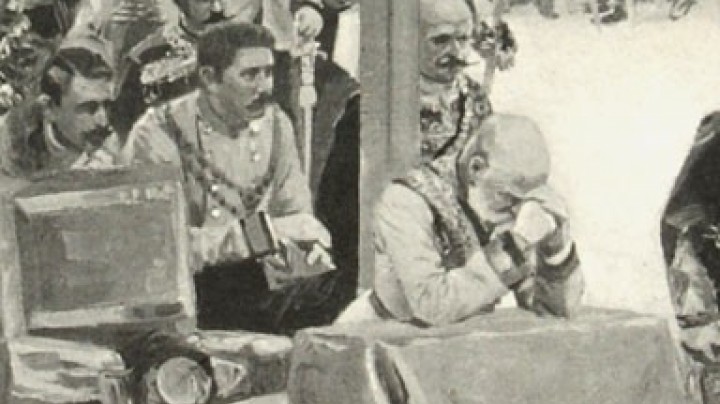From the Hutterites to the Amish
Not only the Lutherans but also the Anabaptist movement turned against the authority of the Roman Catholic Church.
Doubts promoted by the Reformation about the organization of the Catholic Church led to the formation of further religious groups in addition to the Lutherans. The Anabaptist movement, which split off from the Reformation of the Swiss cleric Huldrych Zwingli, was intended as a protest against the institutionalization of a new supreme church. Anabaptists believed that only adults were capable of deciding whether they wanted to be baptized, regarding the Catholic sacrament performed on infants as invalid. Adversaries of this movement referred to it derogatively as Anabaptism (‘baptised again’). Its followers were mainly from the rural peasantry or artisan class, and they demanded the establishment of a new social order focusing on brotherly love and Christian autonomy in the context of independent religious communities. They rejected both secular and ecclesiastical institutions and advocated a lay priesthood, and were therefore regarded as heretics during the reign of Ferdinand I (1528). Opponents of the Anabaptist movement were to be found not only among Roman Catholics but also among Protestants.
In Austria, they were equally threatened by the rulers of the different lands and the Protestant nobility. The most important leader of the Austrian Anabaptists was Jacob Hutter, a native of South Tyrol, who founded the Baptist community of the Hutterite Brethren in Moravia, after being persecuted in Austria itself. There he was able to realize his radical demands of renouncing family ties, private property and military service.
When the Anabaptists were also threatened in Moravia, Jacob Hutter returned to Tyrol, where he was arrested and burnt at the stake. When the Counter-Reformation started spreading further afield, the Hutterite Brethren emigrated to Transylvania and Russia, and later to North America.
In Northern Germany and the Netherlands, the Anabaptist movement developed into the Mennonite community, from which, in turn, the Amish split off in the late seventeenth century. Persecuted for their beliefs, most of them fled to Pennsylvania, which today is still home to 58,000 members of the original Anabaptist movement, more than anywhere else in the world.















